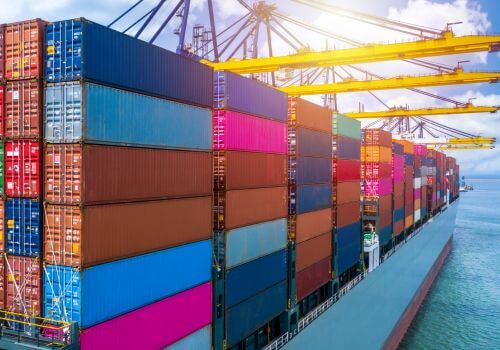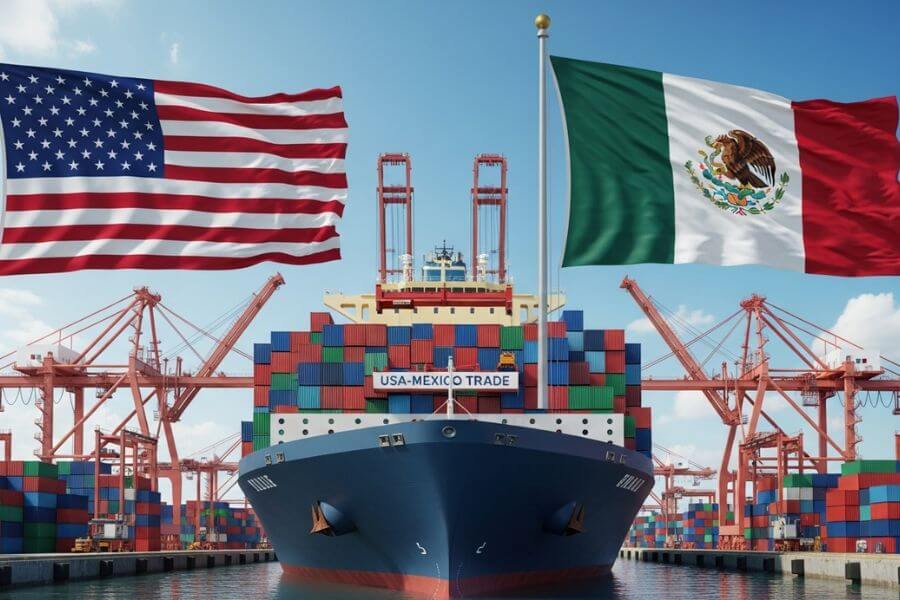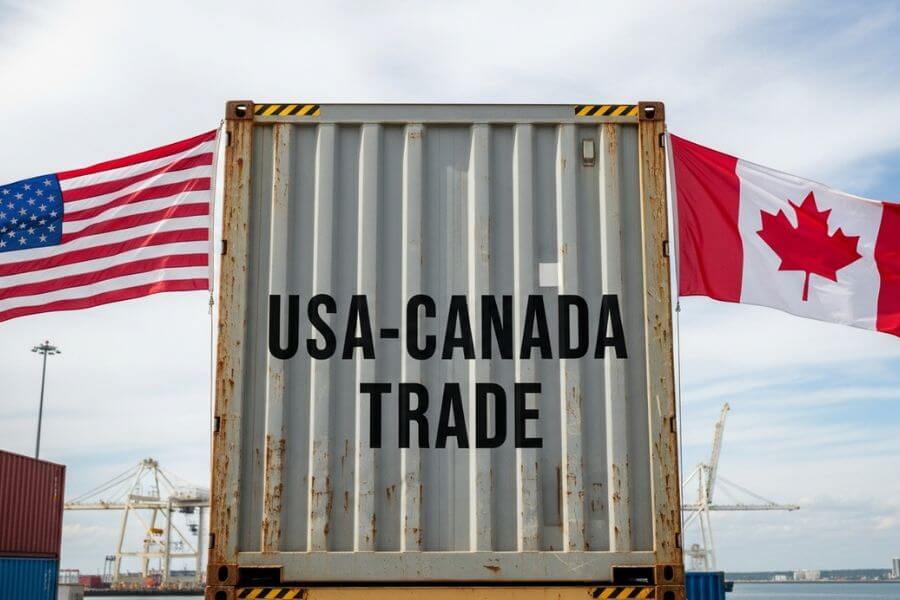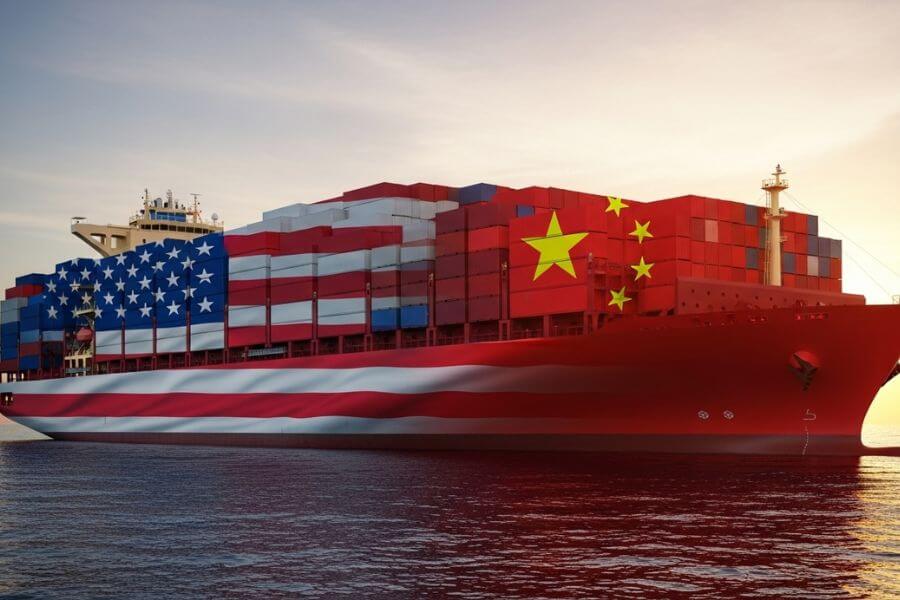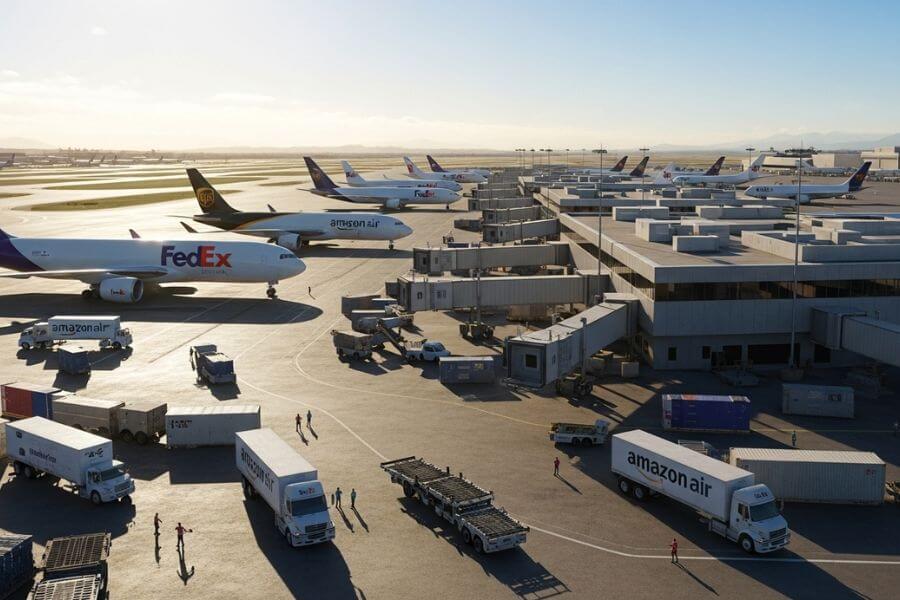International shipping has become the backbone of global e-commerce, enabling businesses of all sizes to reach customers around the world. However, navigating customs regulations, tariffs, and taxes can be complex, especially when it comes to de minimis limits. These are the minimum shipment values under which goods enter countries duty- and tax-free.
Despite their importance, many companies overlook or underestimate the impact of de minimis thresholds. Ignoring these limits can result in unexpected costs, shipment delays, customer dissatisfaction, and even compliance issues that threaten your business growth.
This article explores the 10 biggest risks of ignoring de minimis limits when shipping internationally and provides practical advice to help you avoid them.
What are de minimis limits?
The term de minimis is Latin for “about minimal things,” and in logistics, it refers to the minimum value of imported goods below which customs duties and taxes are not applied. Different countries set different de minimis values depending on their trade policies and economic priorities.
For example:
- United States: $800 USD
- Australia: AUD 1,000
- United Kingdom: £135 (VAT only)
- European Union: €150 (customs duties; VAT applied regardless of value)
De minimis thresholds exist to reduce the administrative burden of processing low-value shipments and help consumers and businesses import small orders more easily. However, if your shipments exceed these limits, customs authorities can impose duties, taxes, and inspection procedures.
Why are de minimis limits important?
Ignoring these thresholds means your shipments might face customs duties and taxes unexpectedly, resulting in higher costs and delays. For e-commerce sellers and logistics providers, this can translate to lost profits, unhappy customers, and operational headaches.
Let’s examine the top 10 risks that come with ignoring de minimis limits when shipping internationally.
1. Unexpected customs duties and taxes
The most obvious risk of exceeding the de minimis threshold is being liable for customs duties, VAT, and other import taxes.
When a shipment’s declared value surpasses a country’s de minimis limit, customs can charge duties based on the product’s classification and value. Additionally, VAT or GST may apply to most shipments regardless of the duty threshold, depending on local laws.
Impact on your business includes:
- Increased costs: Duties and taxes add directly to your landed cost, squeezing profit margins.
- Customer burden: If your shipping terms are Delivered at Place (DAP) or Delivered Duty Unpaid (DDU), the customer must pay these charges at delivery, often leading to frustration.
- Competitive disadvantage: Competitors who keep shipments under the threshold or ship Delivered Duty Paid (DDP) can offer a smoother experience.
2. Shipping delays due to customs inspections
When shipments exceed the de minimis value, they are more likely to be selected for customs inspection. Customs officials may request invoices, proof of payment, or additional documents to assess duties properly.
Consequences include:
- Extended transit times: Inspections add days or even weeks to delivery timelines.
- Missed delivery promises: Delays hurt your customer satisfaction and brand reputation.
- Potential for seizure: Incorrect or incomplete paperwork can result in packages being held or confiscated.
3. Customer refusals and costly returns
Unexpected customs fees can shock customers. If they weren’t informed upfront, many refuse to pay import duties and taxes upon delivery.
What happens then?
- The package is often returned to the sender at their expense.
- You lose shipping fees and product inventory.
- Processing returns increases fulfillment costs and customer service demands.
This cycle harms your bottom line and creates negative buyer experiences.
4. Increased total landed cost
Your landed cost includes product cost, shipping, customs duties, taxes, and any additional fees. Ignoring de minimis thresholds inflates this cost unpredictably.
Why it matters:
- Pricing challenges: Higher landed costs can force you to increase retail prices, making products less competitive.
- Margin erosion: Absorbing import fees eats into profits.
- Reduced market viability: If you can’t offer competitive pricing due to elevated landed costs, expanding into international markets becomes difficult.
5. Higher cart abandonment rates
Online shoppers expect transparency in total cost. If your e-commerce platform does not clarify that orders over a certain value may incur import duties or taxes, customers may add items to carts only to abandon them at checkout when they see unexpected fees.
Strategies to mitigate include:
- Use landed cost calculators at checkout.
- Provide clear messaging about duties and taxes.
- Offer DDP shipping options to include all fees upfront.
6. Loss of market competitiveness
Competing internationally means delivering convenience and value. Ignoring de minimis limits means your customers may face surprise customs fees and delays, pushing them toward competitors who manage shipping better.
Competitive edge:
- Companies that respect thresholds or offer DDP shipping build trust and loyalty.
- Competitors with better international shipping strategies capture larger market shares.
- Poor customs experiences can irreversibly damage your brand reputation overseas.
7. Risk of trade compliance violations
Regularly sending shipments above the de minimis value without proper declaration or payment can lead to regulatory issues. Customs authorities monitor importers for compliance and may impose penalties or audits if you’re flagged.
Possible consequences include:
- Fines and penalties.
- Customs holds on future shipments.
- Loss of privileges or import rights in specific countries.
Trade compliance isn’t optional; it’s critical to maintaining uninterrupted international operations.
8. Operational disruptions and increased workload
Handling duties, taxes, returns, and customer inquiries increases operational complexity. Your fulfillment team may spend more time on:
- Customs paperwork.
- Handling returns from refused shipments.
- Managing customer disputes over fees.
- Coordinating with customs brokers or 3PL partners.
Impact on business efficiency includes:
- Reduced warehouse productivity.
- Higher labor costs.
- Increased risk of errors or missed deadlines.
9. Damage to brand reputation and customer loyalty
In today’s digital world, customers share experiences online. Negative feedback related to customs fees or delayed deliveries can:
- Harm your brand’s online reviews.
- Decrease repeat purchases.
- Reduce customer lifetime value.
Building trust requires transparency about shipping costs and customs processes.
10. Lost global sales opportunities
Ultimately, ignoring de minimis limits narrows your international growth potential. Customers deterred by customs complications may avoid your brand altogether, reducing your:
- Sales volume in foreign markets.
- Potential for expansion.
- Ability to compete with global sellers.
Understanding and managing de minimis thresholds unlock smoother cross-border growth.
5 ways to manage de minimis risks effectively
1. Stay updated on country-specific thresholds
De minimis values can change due to new trade policies. Keep an updated list of all key markets you serve.
2. Use Delivered Duty Paid (DDP) shipping
DDP shifts import fees to you, enabling a seamless delivery experience for customers who pay a clear, all-in price at checkout.
3. Partner with a knowledgeable 3PL or customs broker
These experts help you classify goods correctly, complete accurate customs documentation, and optimize your shipping methods.
4. Consider splitting orders
If allowed by regulations, break large orders into smaller shipments under the de minimis value to avoid duties.
5. Communicate transparently with customers
Educate buyers about potential customs fees, so they are prepared and avoid surprises at delivery.
Frequently asked questions
Q1: What happens if my shipment exceeds the de minimis limit?
A1: You may incur customs duties, VAT, and taxes, and your package may face inspection and delays.
Q2: Do all countries have the same de minimis value?
A2: No. Values vary widely, and some countries may charge VAT on all imports regardless of value.
Q3: Can I legally undervalue shipments to avoid duties?
A3: No. Misdeclaring shipment values is illegal and can lead to severe penalties.
Q4: Is it always cheaper to ship under the de minimis limit?
A4: Not necessarily; sometimes shipping multiple small packages is more expensive than one consolidated shipment with duties paid upfront.
Q5: How can I reduce customs-related issues?
A5: Work with experienced customs brokers or 3PLs, use DDP shipping, and educate your customers on potential fees.
Conclusion
Ignoring de minimis limits can cause serious financial and operational problems for your international shipping. From unexpected duties and taxes to customer dissatisfaction and lost sales, the risks are too significant to overlook.
By understanding and managing de minimis thresholds, you can:
- Minimize customs-related delays and fees.
- Provide a better customer experience.
- Protect your profit margins.
- Expand your global footprint efficiently.
Invest in the right partners, tools, and communication strategies to make de minimis compliance a natural part of your international logistics and watch your cross-border business thrive.







